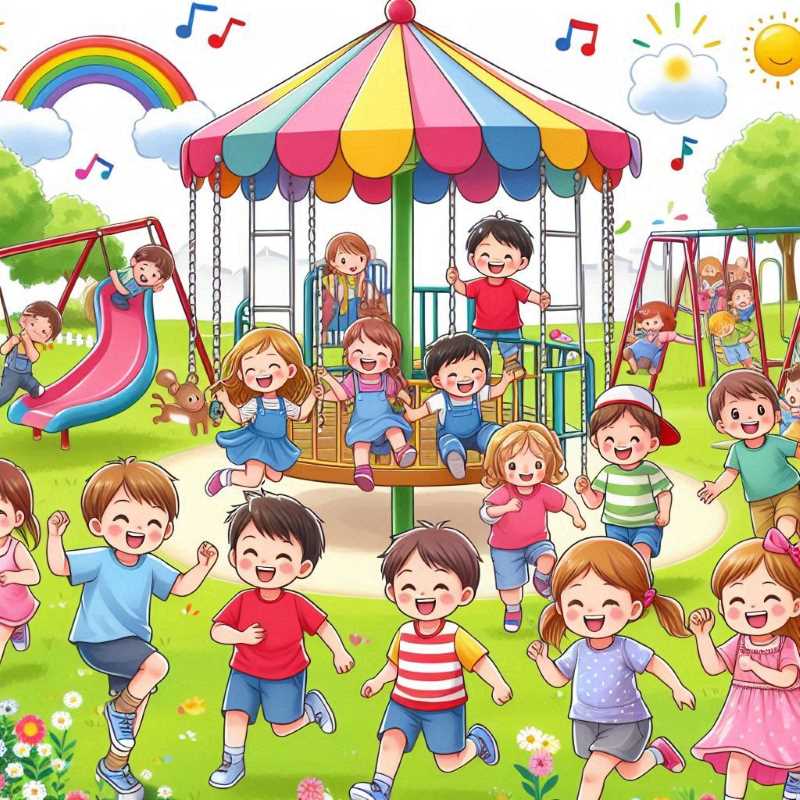The Plight of Children in Modern Mexico
Mexico's 40 million children face poverty, violence, abuse. Expert calls for community support and action to empower them and create a safer future for this vulnerable population.

Almost 40 million girls, boys, and adolescents live in Mexico, which means that one in three people is in the age range of zero to 18 years; They represent, on average, 30 percent of the total population and half of them live in poverty, highlights the academic from the National School of Social Work (ENTS) of the UNAM, Carmen Gabriela Ruiz Serrano.
According to the National Council for the Evaluation of Social Development Policy, nine out of every 10 children and adolescents who speak an indigenous language are in poverty and are unable to fully satisfy their rights, highlighted in an interview regarding the Day of the Boy and Girl, which is commemorated in Mexico on April 30.




